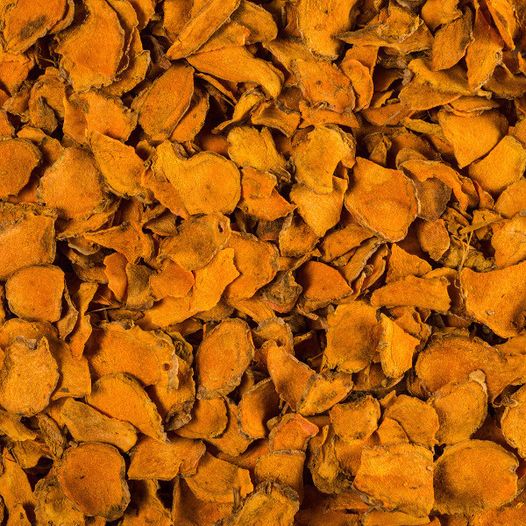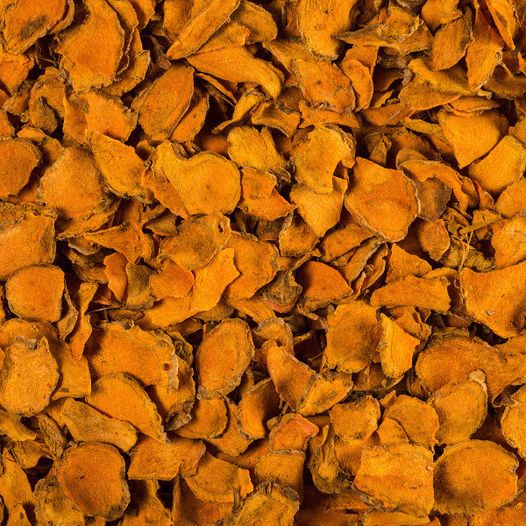starlaboratories.id
Curcuma
Curcuma
Curcuma is a genus of plants in the ginger family (Zingiberaceae), most famously known for Curcuma longa, the source of turmeric. Turmeric is one of the most widely recognized members of the Curcuma genus, celebrated for its vibrant yellow color and earthy, slightly peppery flavor. However, the genus includes other species as well, some of which have medicinal or culinary uses.
Here’s a breakdown of Curcuma:
1. Turmeric (Curcuma longa):
Appearance: Turmeric grows as a rhizomatous plant, meaning it has underground stems (rhizomes). The rhizomes are typically yellow-orange and are harvested, dried, and ground into the familiar bright yellow powder.
Flavor: Turmeric has a warm, earthy, and slightly bitter flavor, with subtle notes of ginger and mustard. It’s used widely in curries, soups, and rice dishes, particularly in South Asian, Middle Eastern, and Southeast Asian cuisines.
Health Benefits: It contains curcumin, a powerful antioxidant with anti-inflammatory properties. Turmeric has been used in traditional medicine for thousands of years to treat ailments ranging from digestive issues to joint pain.
Uses: Aside from cooking, turmeric is also used in natural skincare products, due to its anti-inflammatory and skin-healing properties. It’s also a key ingredient in golden milk(a turmeric-based drink).
2. Other Curcuma Species:
Curcuma zedoaria (White turmeric): This variety has a milder flavor compared to yellow turmeric and is used in some Asian cuisines, especially in India and Indonesia. The rhizomes are white rather than yellow and are often used in pickles or as a medicinal herb.
Curcuma aromatica (Wild turmeric): Similar to Curcuma longa, but with a stronger, more pungent aroma. This type of turmeric is sometimes used in Ayurvedic medicine for its purifying and cleansing properties.
Curcuma caesia (Black turmeric): This species has dark blue-black rhizomes and is more commonly found in the Himalayan region. It is used in traditional medicine for its purported healing properties, including treatment for skin diseases and inflammation.
3. Appearance of Curcuma Plants:
Curcuma plants typically have large, broad, green leaves and produce small, colorful flowers. The flowers can be yellow, purple, or pink, depending on the species, and they are often used in ornamental gardening.
The rhizomes (rootstalks) are the part of the plant that is harvested for culinary or medicinal use. When freshly harvested, they resemble ginger roots but are usually brighter in color, with turmeric rhizomes being a rich golden yellow.
4. Culinary and Medicinal Uses:
Culinary: Besides turmeric, other Curcuma species like Curcuma zedoaria are sometimes used in Indian and Southeast Asian cuisine for making pickles, curries, and chutneys. The rhizomes are often sliced, pickled, or ground into powder.
Medicinal: Curcuma has a long history in traditional medicine. Turmeric, in particular, is widely known for its anti-inflammatory and antioxidant properties, often used in the form of extracts or capsules. It is a staple in Ayurvedic medicine for treating digestive issues, skin conditions, and even promoting liver health.
5. Cultural Significance:
Turmeric holds significant cultural importance in India and many parts of Asia. It is often used in religious ceremonies, weddings, and as an offering. In many cultures, turmeric is also associated with good health, beauty, and prosperity.
In short, Curcuma plants, especially turmeric, are revered not just for their culinary uses but also for their medicinal and cultural significance. Whether used as a spice in a curry, a health supplement, or a skincare ingredient, Curcuma has found its place in kitchens and medicine cabinets around the world.
Order Now!
Budi Harto
Star Laboratories
Pergudangan Mutiara Margomulyo Indah C 15, Surabaya, Indonesia
Whatsapp/ Phone : +62 816 525 328
USD Price : $1000/ton

Image with text
Pair text with an image to focus on your chosen product, collection, or blog post. Add details on availability, style, or even provide a review.






